Circle the Picture Beginning Sounds Worksheets for Kids
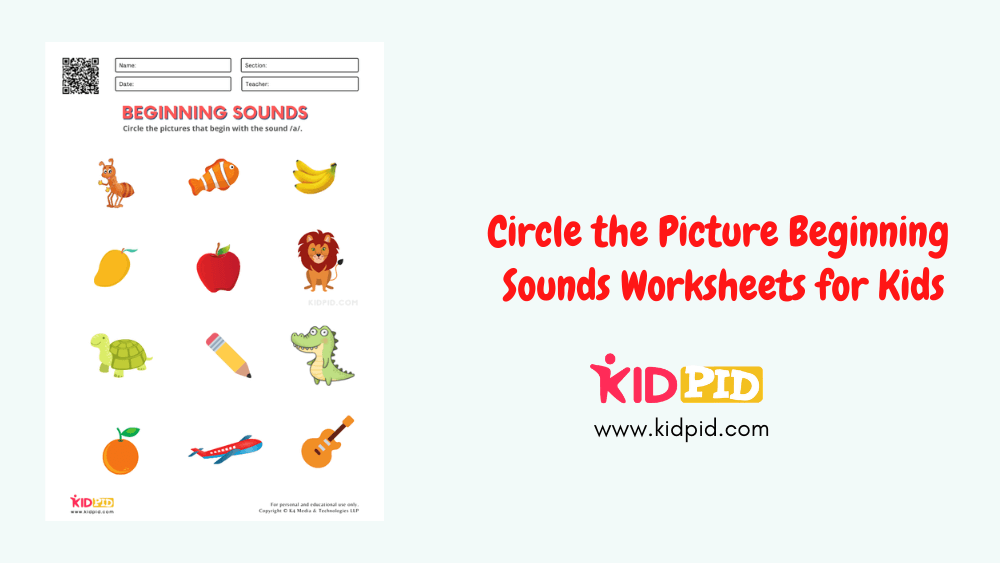
Kids can differentiate initial letter sounds in words as they get more familiar with letters and sounds. Teach your youngster how to detect starting sounds first, then final sounds, and finally medial sounds.
They can start forming words that begin or finish with this sound after they have mastered separating sounds.
Begin by memorizing continuous letter sounds. Continuous letter sounds are the simplest to teach since they may be expanded. Continuous sounds are easier to pronounce.
Make use of graphics. Correctly utilizing visuals aids in the connection of the letter’s sound.
Consistency is key. When teaching the sounds, be consistent so that kids can use what they’ve learned and effortlessly transition from one sound to the next.
Assessment. A solid assessment is an important part of your teaching plan. You must determine what each kid in the class is capable of. Use the results of the evaluation to determine what your pupils need to learn and then concentrate on those topics.
Contents
What does this worksheet include?
For growing readers and writers, understanding the sounds in words is critical. Students may use their understanding of how words are made up of sounds in their reading and writing when they comprehend that words are made up of sounds.
Reading to young children has been shown to increase cognitive skills and speed up the cognitive development process. Introducing reading to your young child’s life, as well as the conversations it will elicit, will assist them in making sense of their own lives, particularly at an early age.
You’ll Learn:
Phonics training teaches youngsters how to decode letters into their individual sounds, an important ability for them to be able to read novel words on their own. Children with letter-sound knowledge will be able to connect unknown print terms to their spoken understanding.
It aided you in producing the right pronunciation of a printed word that you were unfamiliar with. If you’re a Harry Potter enthusiast, the pronunciation may have also triggered associations with the word’s meaning.
It focused your attention on the intricacies of the word’s letter combinations.
Instructions to use this worksheet
Reading and writing require an understanding of letter-sound correspondences. To read a word, first: The student must be able to distinguish the letters in the word and correlate each letter with its sound.
To write or type a word, first: The student must deconstruct the word into its constituent sounds and recognize the letters that represent these sounds. The essential building blocks of literacy acquisition are letter-sound correspondence knowledge and phonological awareness abilities. These abilities are excellent indicators of a student’s ability to learn to read.
This is the order in which we recommend introducing the letters and sounds.
a, m, t, p, o, n, c, d, u, s, g, h, I f, b, l, e, r, w, k, x, v, y, z, j, q, s, s, s, s, s, s, s, s, s, s, s, s
This sequence was created to assist students in beginning to read as soon as feasible.The letters a, m, and t are taught initially since they appear often in simple phrases. To minimize misunderstanding, letters that look and sound alike (b and d) are separated in the instructional sequence. Long vowels are taught after short vowels. Because lower case letters are used more frequently than upper case letters, they are taught first.
Tips for Teaching Beginning Letter Sounds
1. Listening and Oral Language Activities
It’s a great method to keep youngsters involved while simultaneously teaching phonological awareness, whether you read stories aloud to them or let them listen to a recording. First graders might benefit from stories that contain basic words with the same starting, middle and ending sounds. Students learn how words they see on the page sound by listening to them in motion. They expand their vocabulary bank and phonological awareness by repeating the words they hear. Listening to spoken language might assist children in determining how words that begin with the same letter sound, such as Bb in “ball,” “basket,” and “bubble.”
2. Make use of riddles
Riddles are terrific – and entertaining! – approach to teach first graders phonics. It makes the process dynamic and fun, so your kids will be engaged and thrilled about the lesson without even realizing they’re learning! “I’m thinking of something that starts with ‘b,'” you can tell them. “It’s spherical, and it’s throwable!” By answering puzzles like these, students are either reviewing terms they already know or learning new words from their peers’ or your replies.
3. Make Use of Rhyming Words
4. Dictation
5. Spell and write
Circle the Picture Beginning Sounds Worksheets for Kids
Circle the Picture Beginning Sounds Worksheet: 1
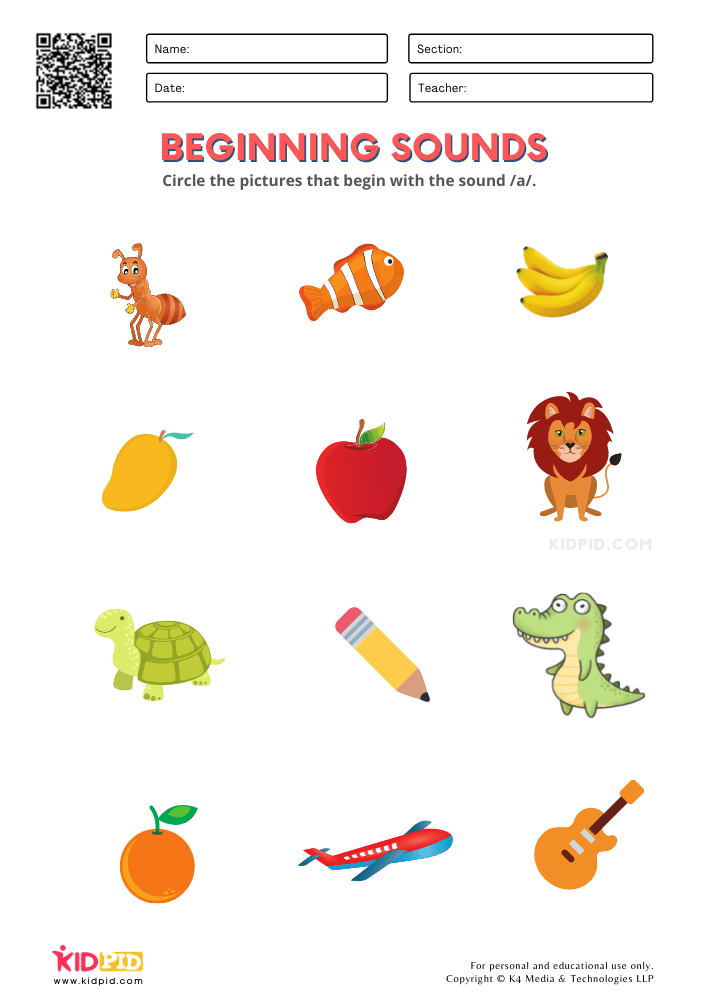
Circle the Picture Beginning Sounds Worksheet: 2
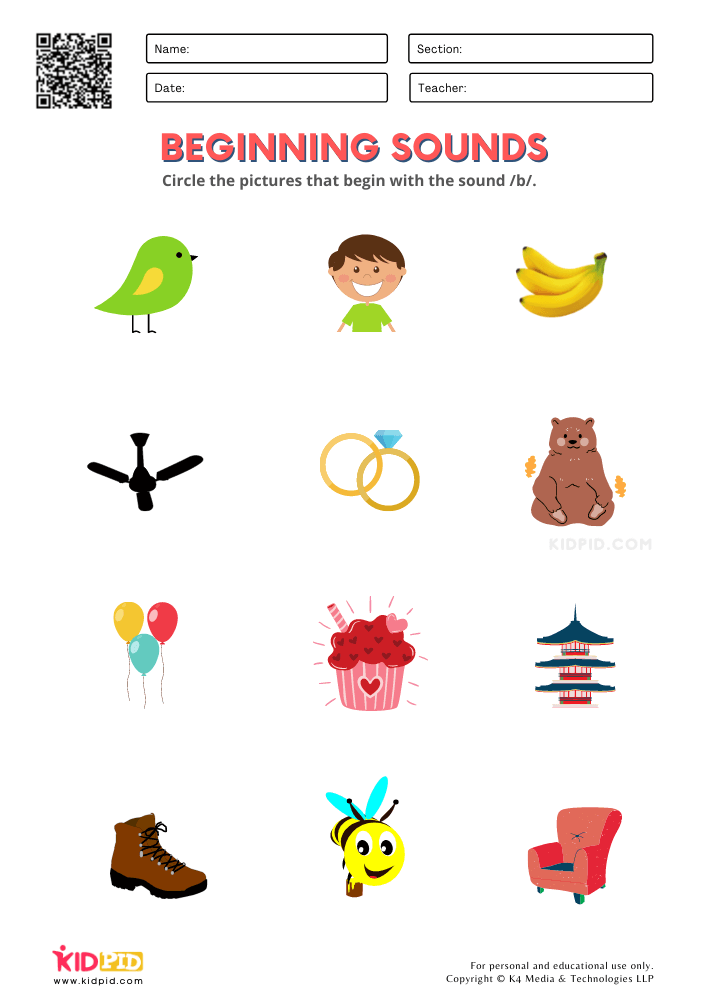
Circle the Picture Beginning Sounds Worksheet: 3
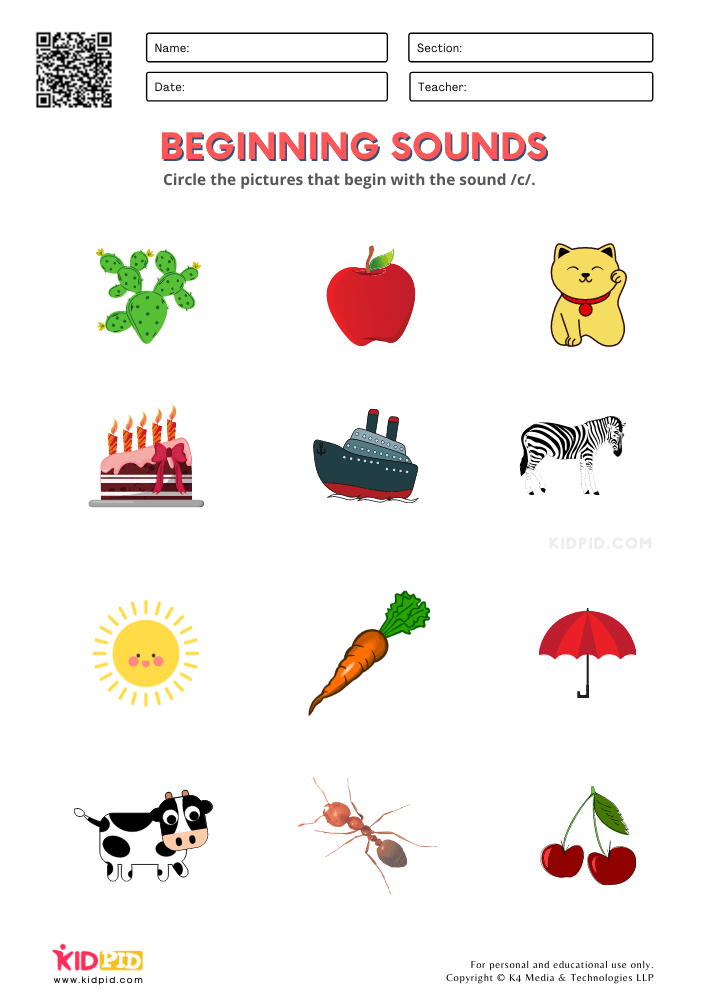
Circle the Picture Beginning Sounds Worksheet: 4
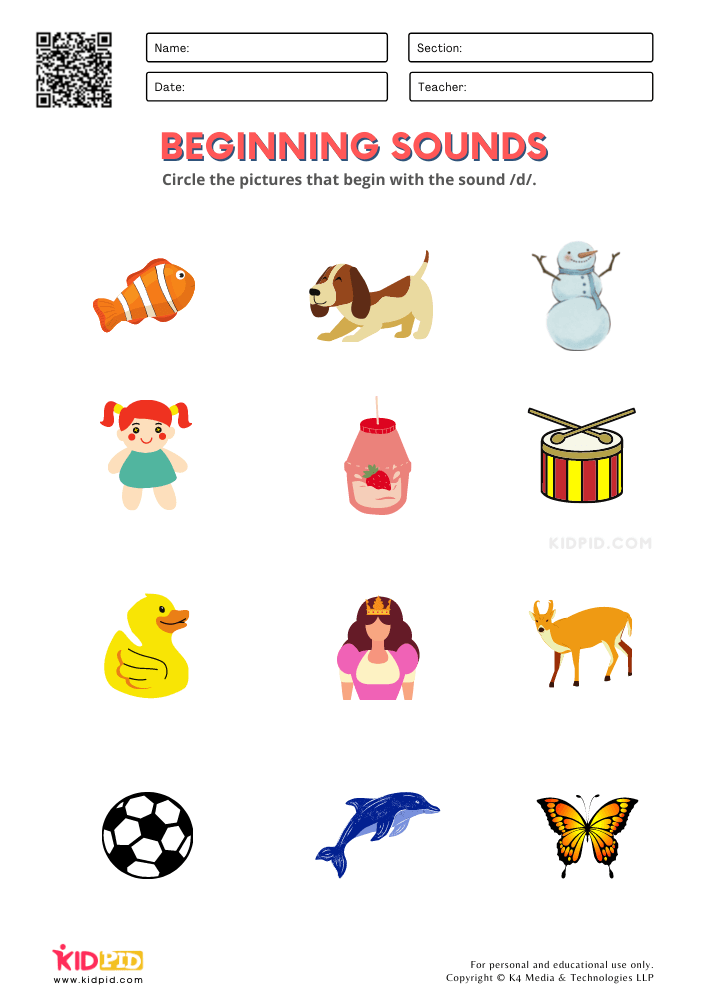
Circle the Picture Beginning Sounds Worksheet: 5
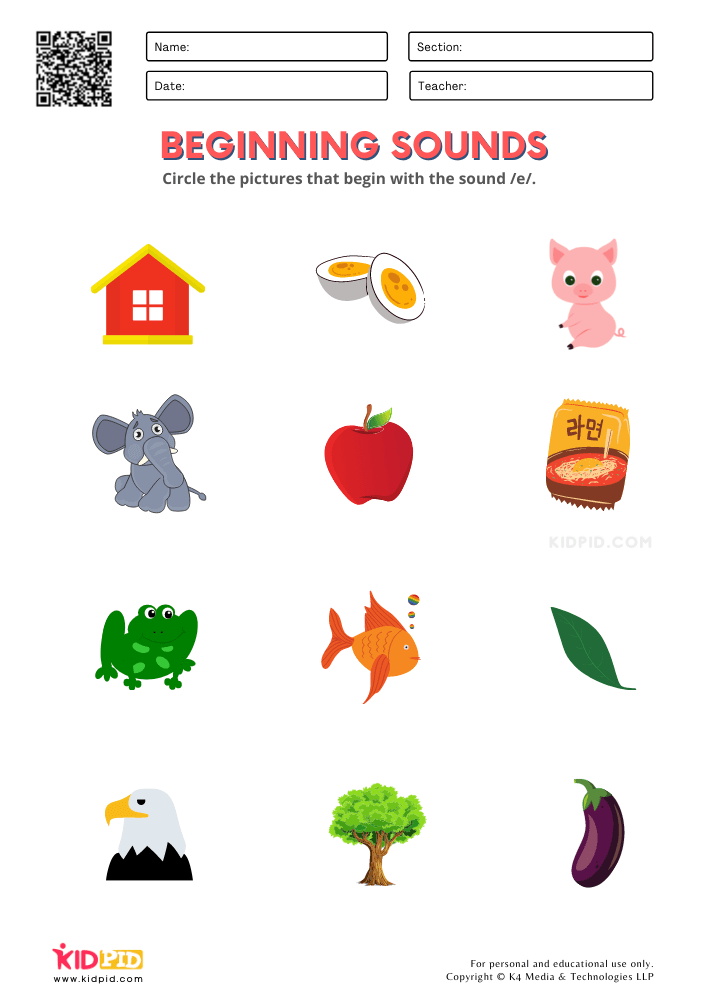
Circle the Picture Beginning Sounds Worksheet: 6
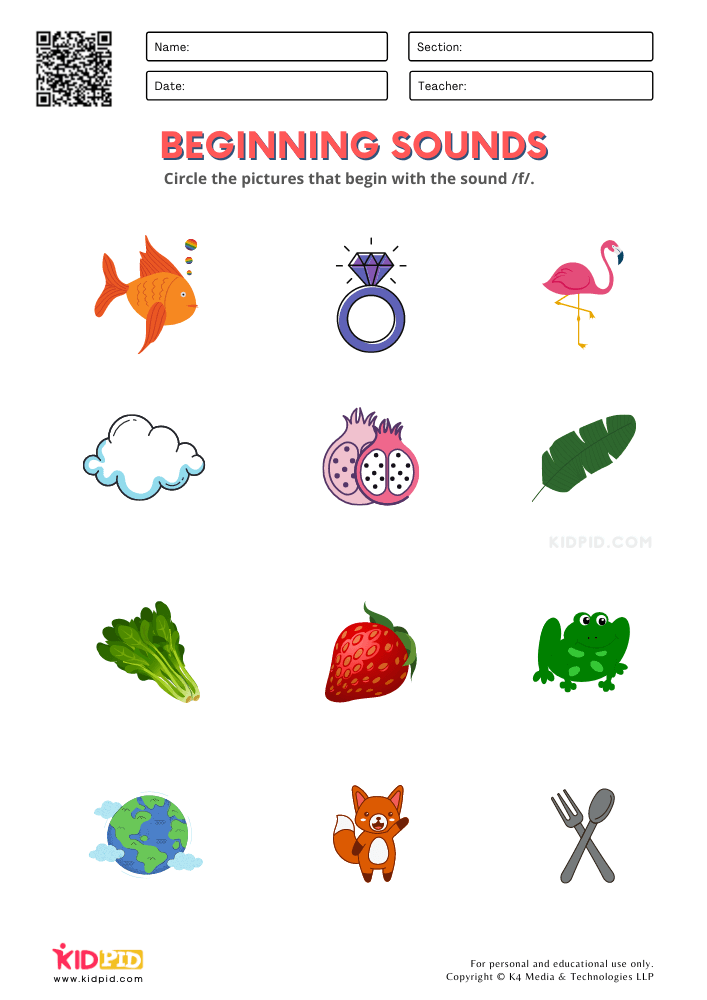
Circle the Picture Beginning Sounds Worksheet: 7
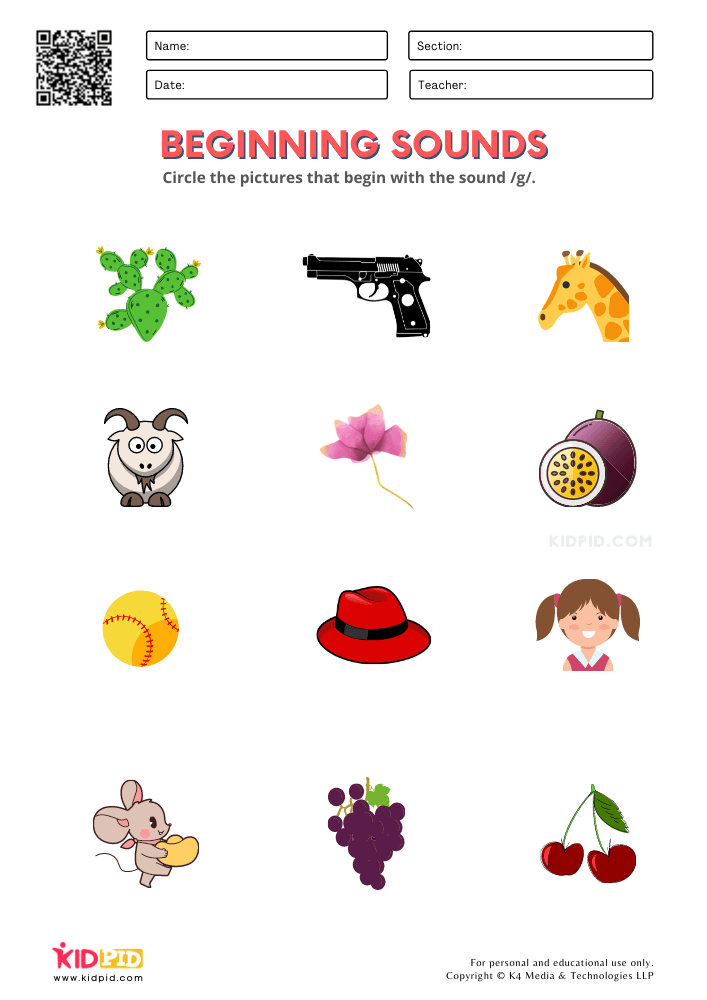
Circle the Picture Beginning Sounds Worksheet: 8
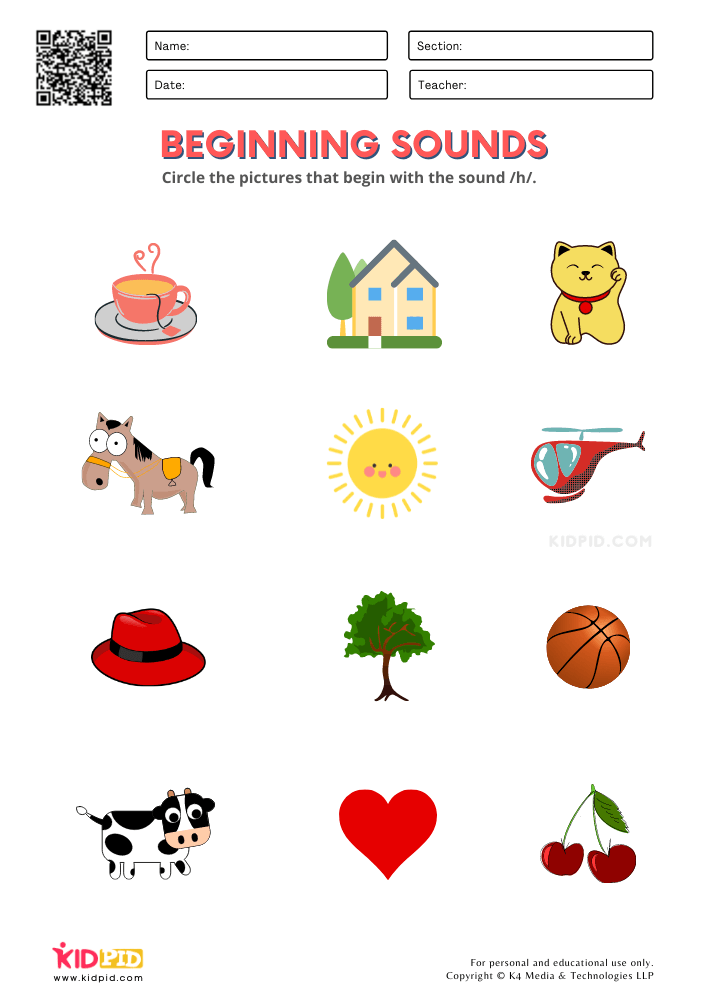
Circle the Picture Beginning Sounds Worksheet: 9
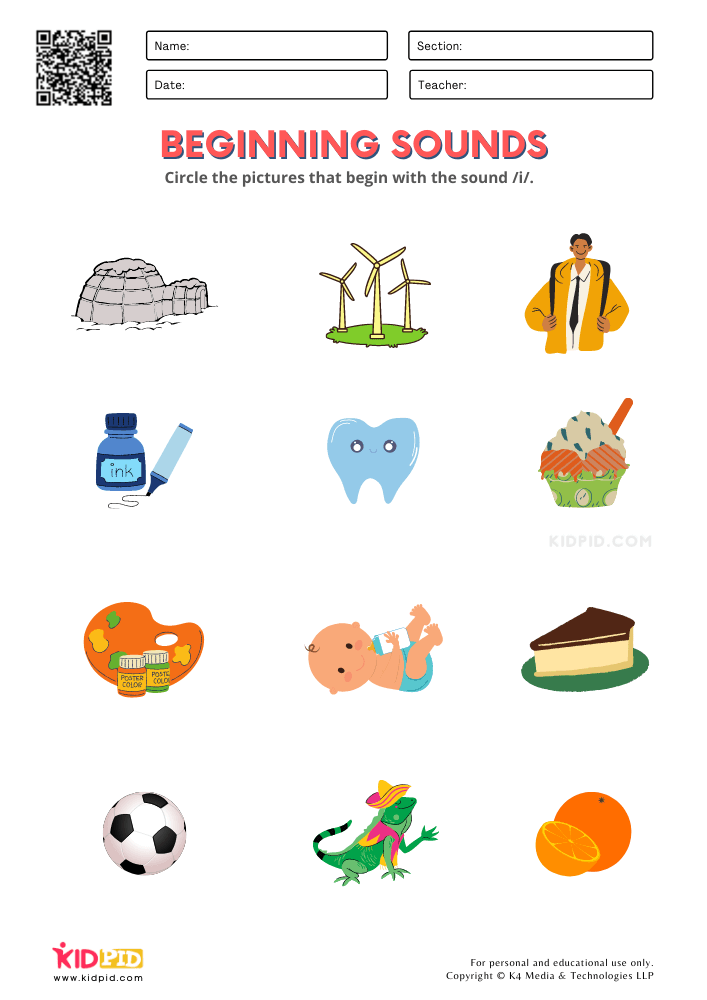
Circle the Picture Beginning Sounds Worksheet: 10
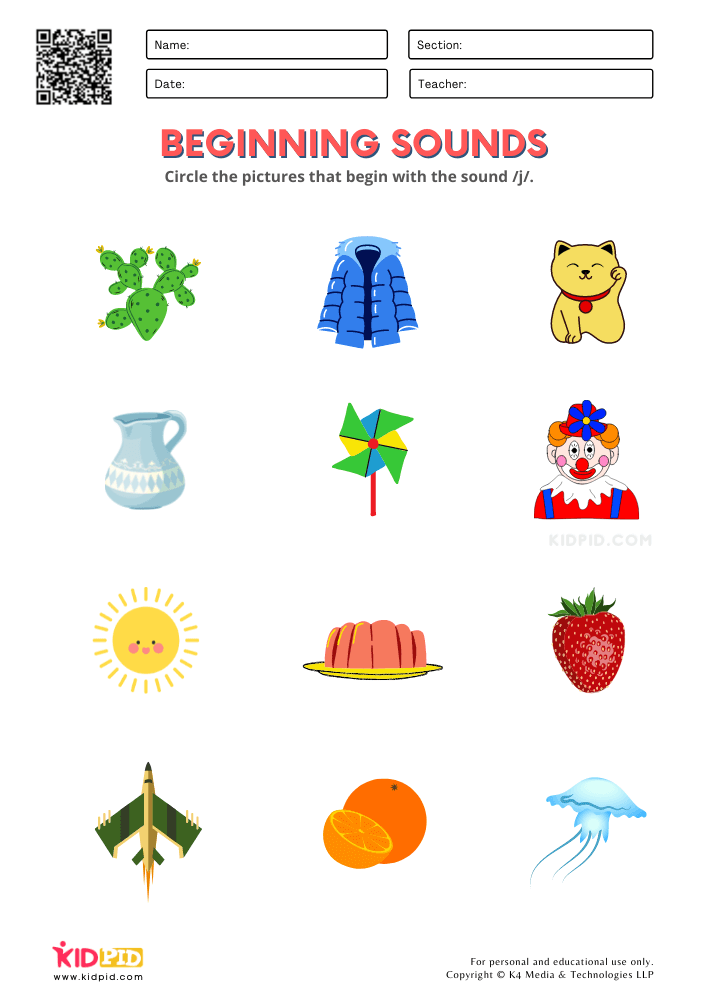
Circle the Picture Beginning Sounds Worksheet: 11
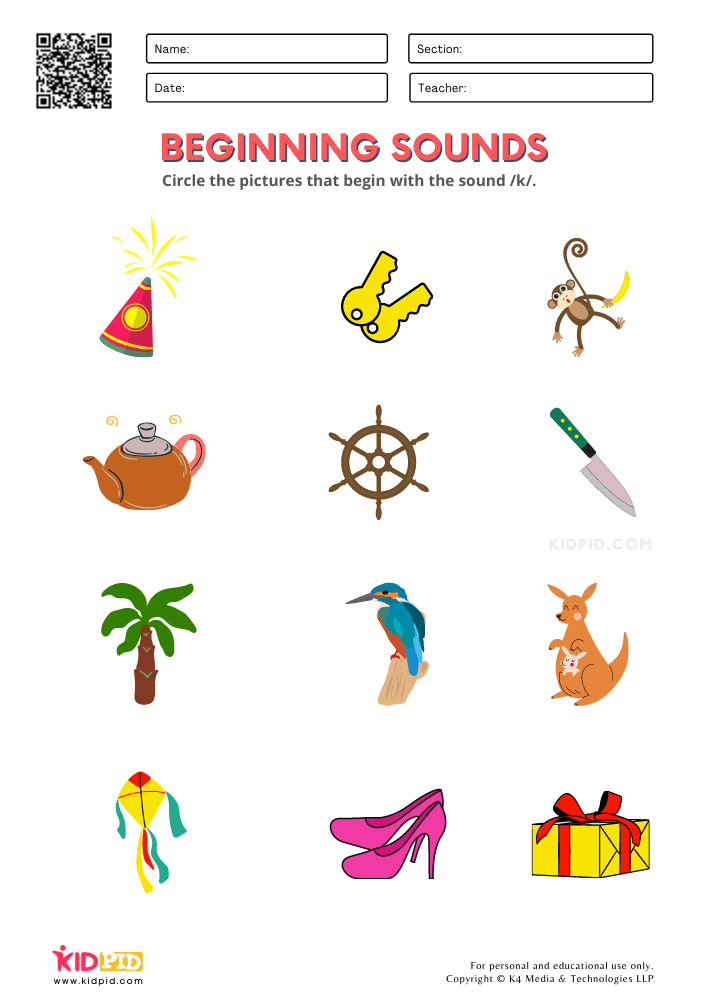
Circle the Picture Beginning Sounds Worksheet: 12
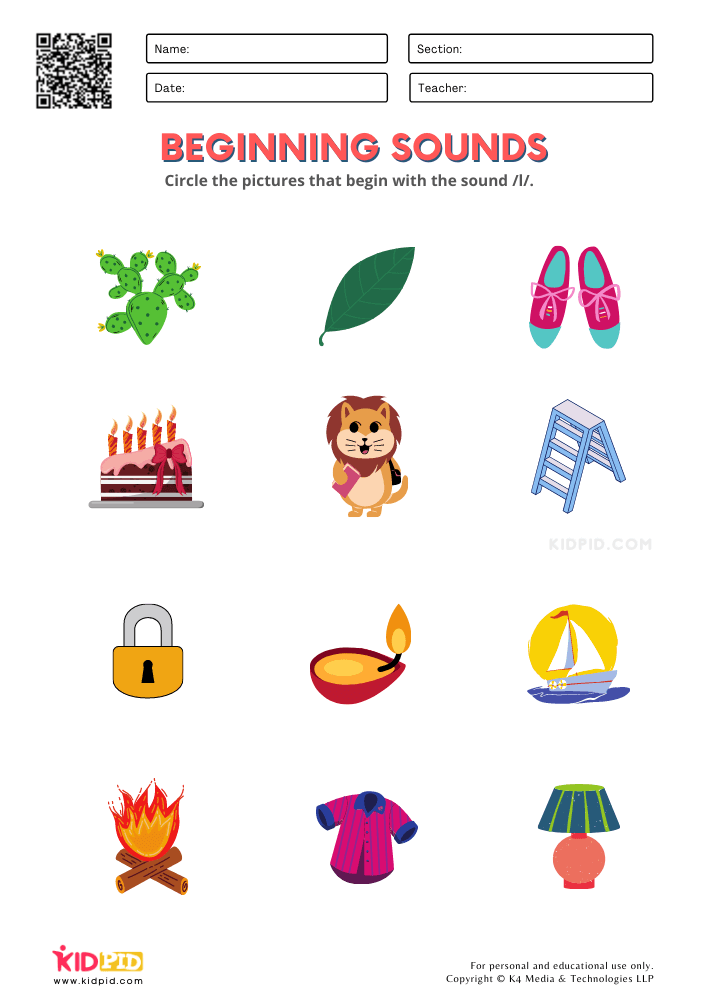
Circle the Picture Beginning Sounds Worksheet: 13
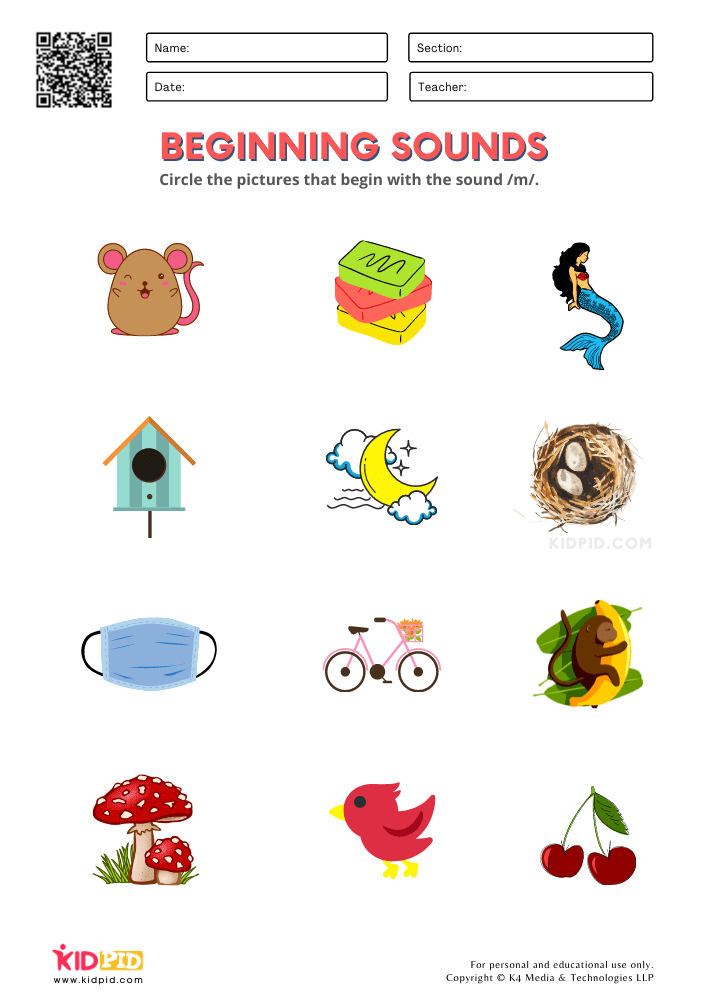
Circle the Picture Beginning Sounds Worksheet: 14
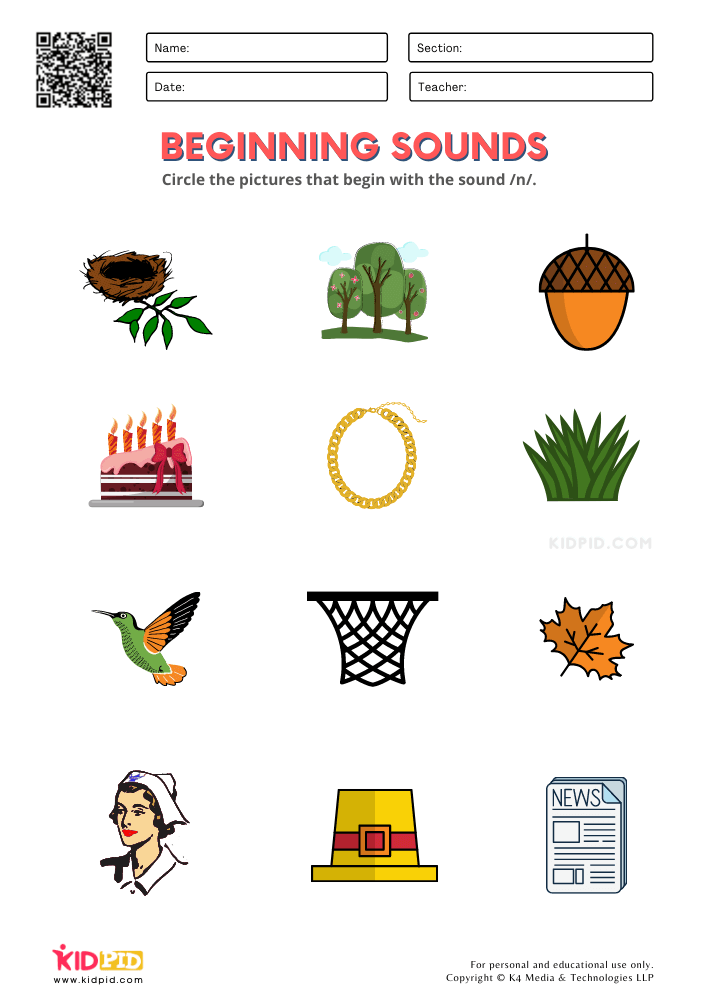
Circle the Picture Beginning Sounds Worksheet: 15
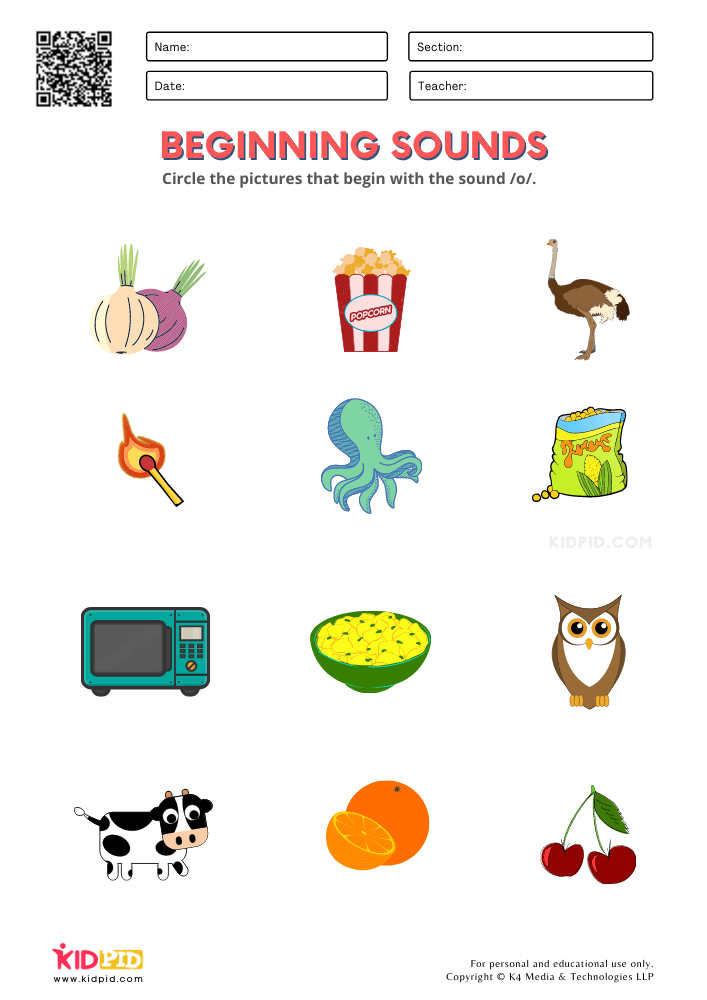
Circle the Picture Beginning Sounds Worksheet: 16
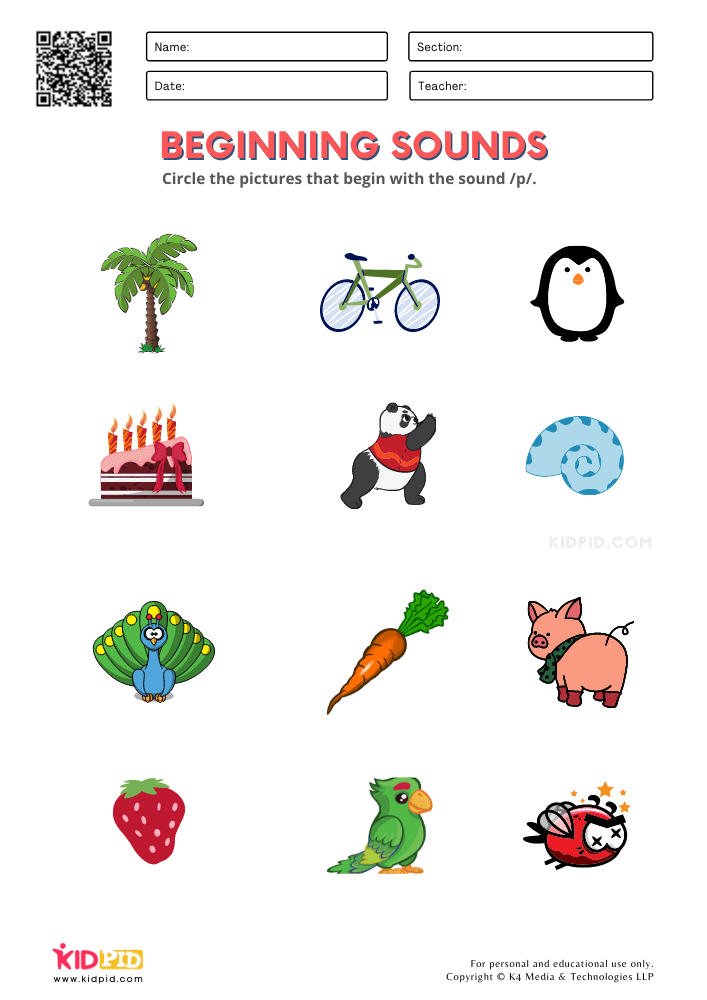
Circle the Picture Beginning Sounds Worksheet: 17
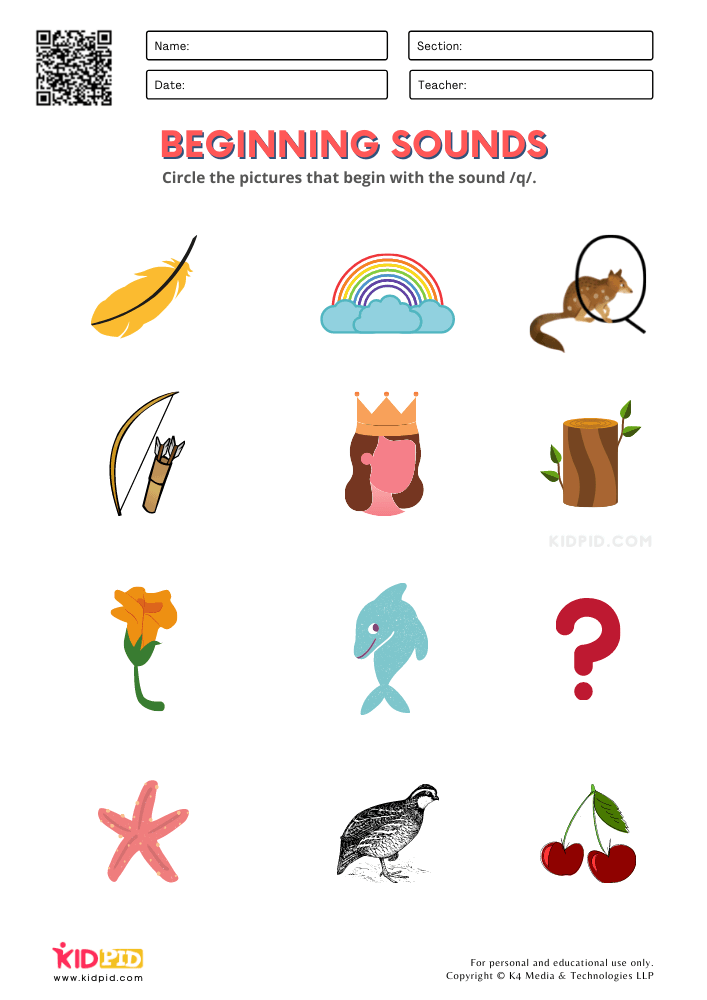
Circle the Picture Beginning Sounds Worksheet: 18
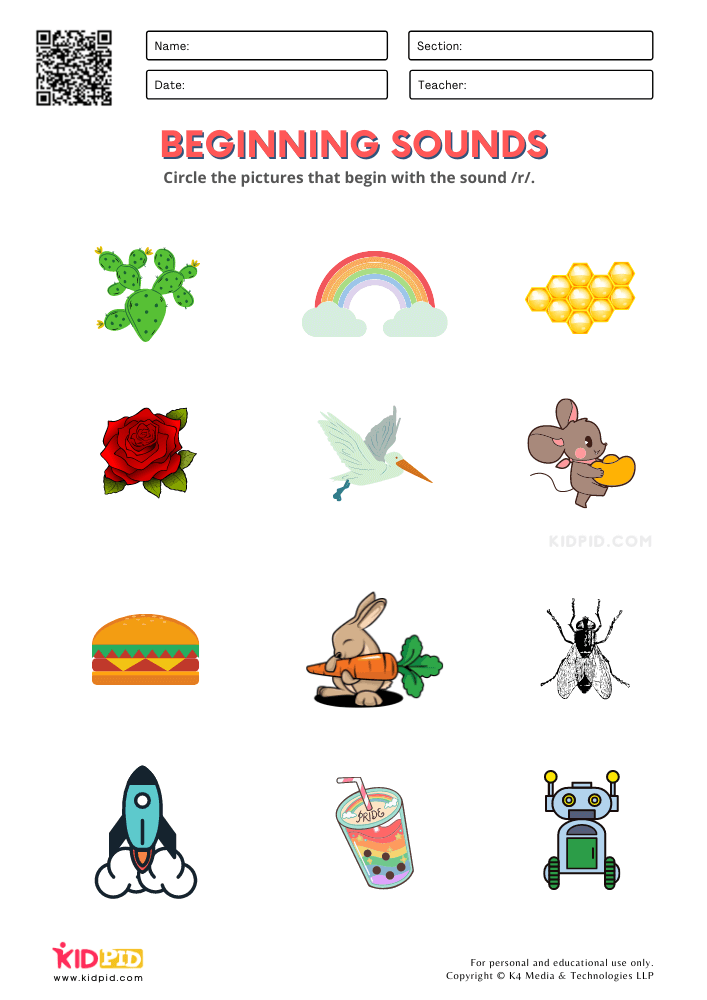
Circle the Picture Beginning Sounds Worksheet: 19
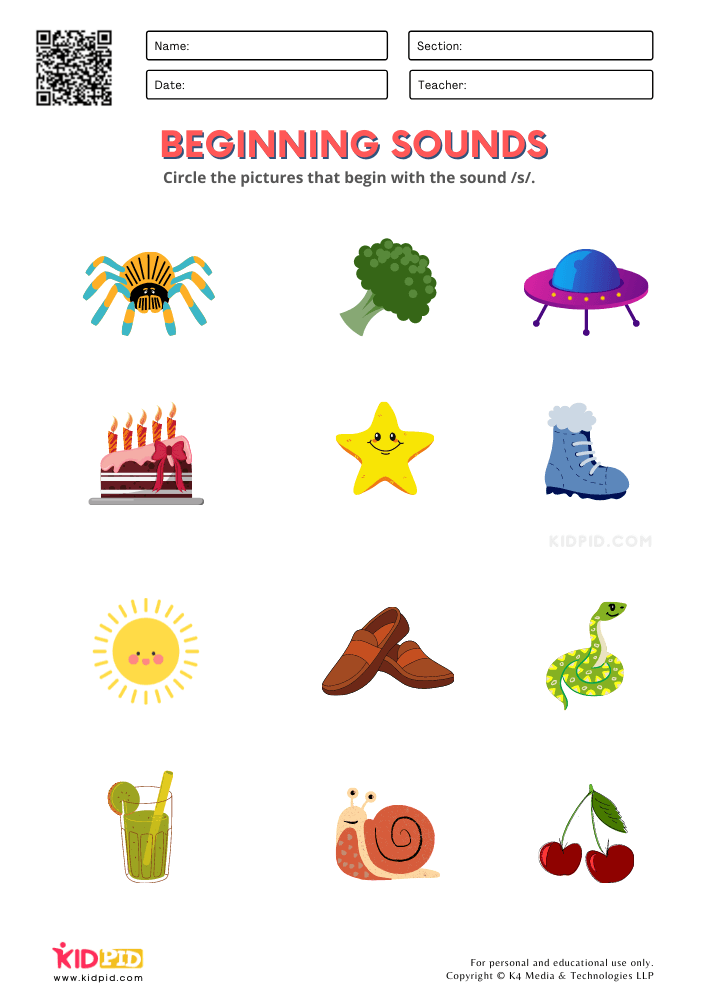
Circle the Picture Beginning Sounds Worksheet: 20
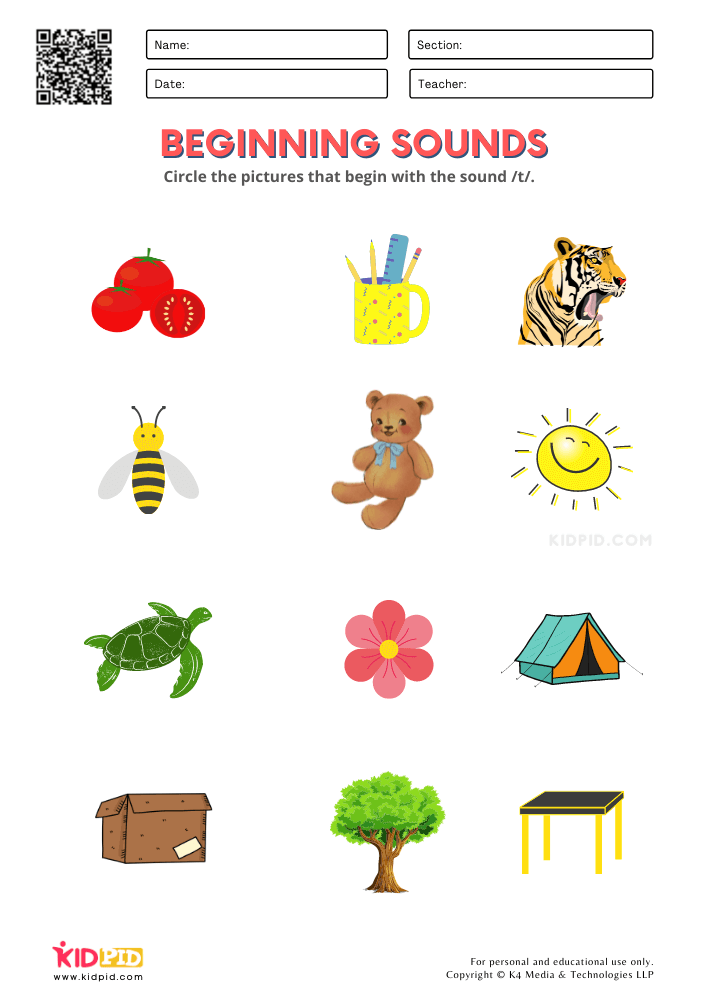
Circle the Picture Beginning Sounds Worksheet: 21
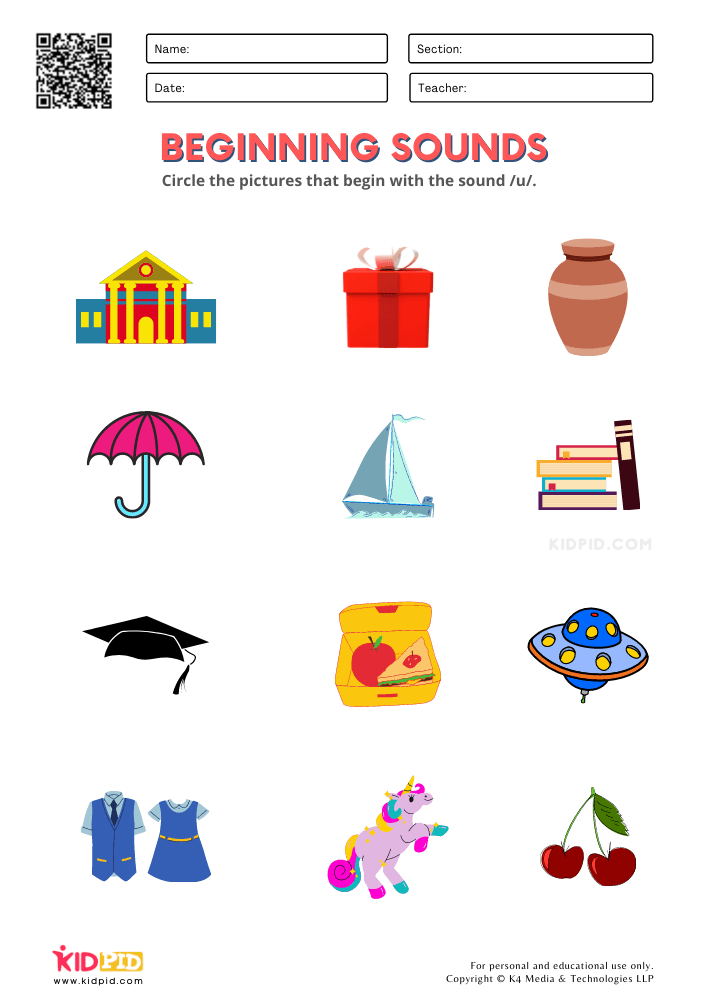
Circle the Picture Beginning Sounds Worksheet: 22
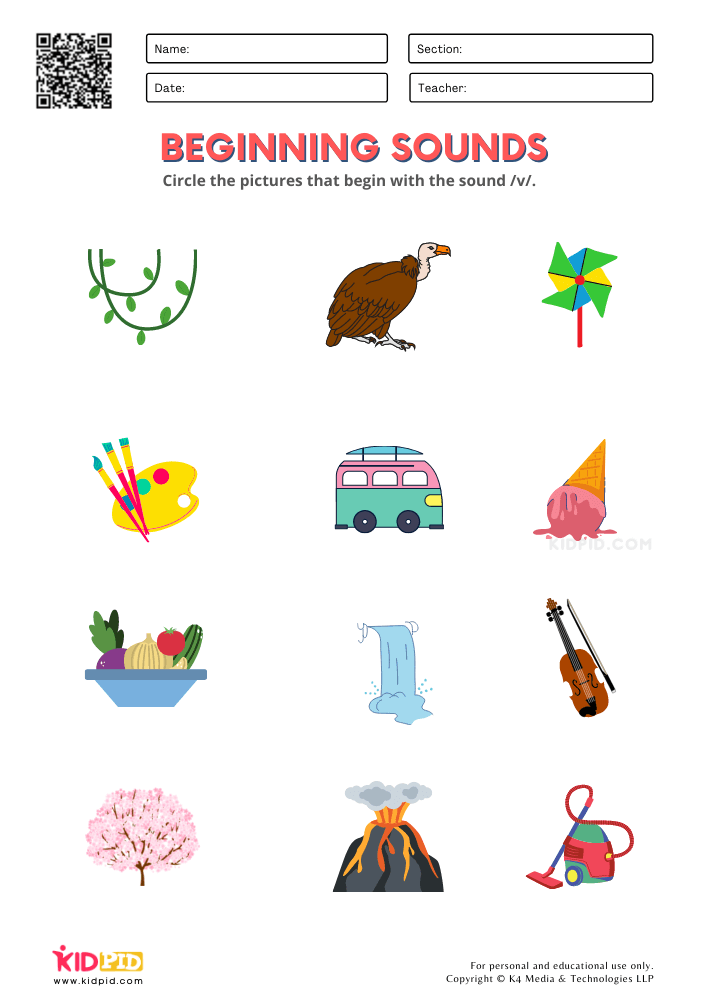
Circle the Picture Beginning Sounds Worksheet: 23
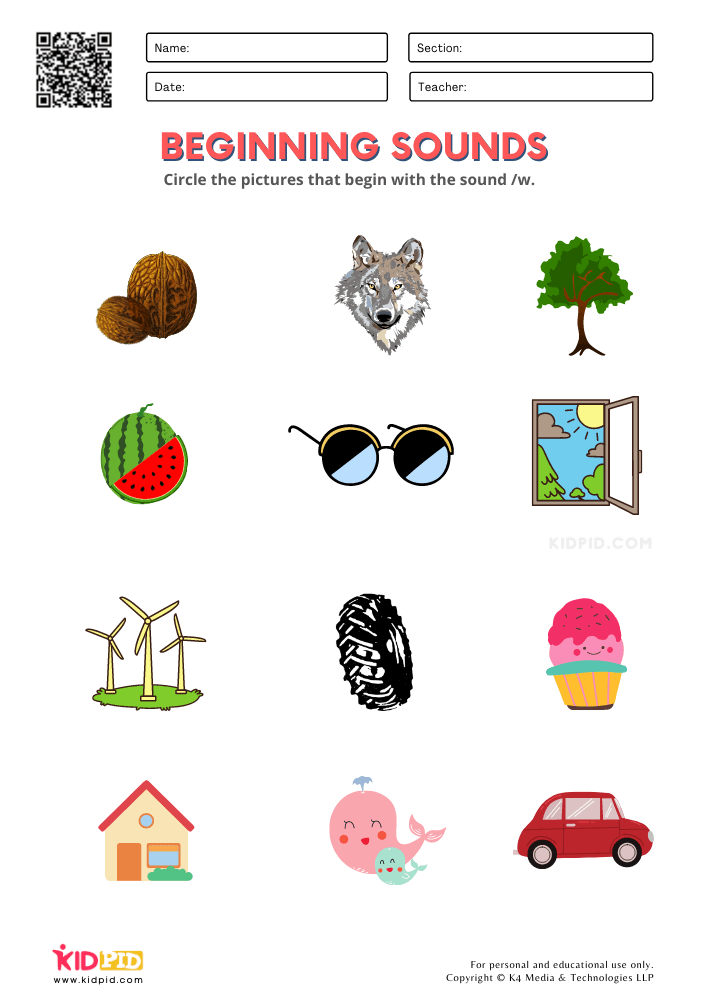
Circle the Picture Beginning Sounds Worksheet: 24
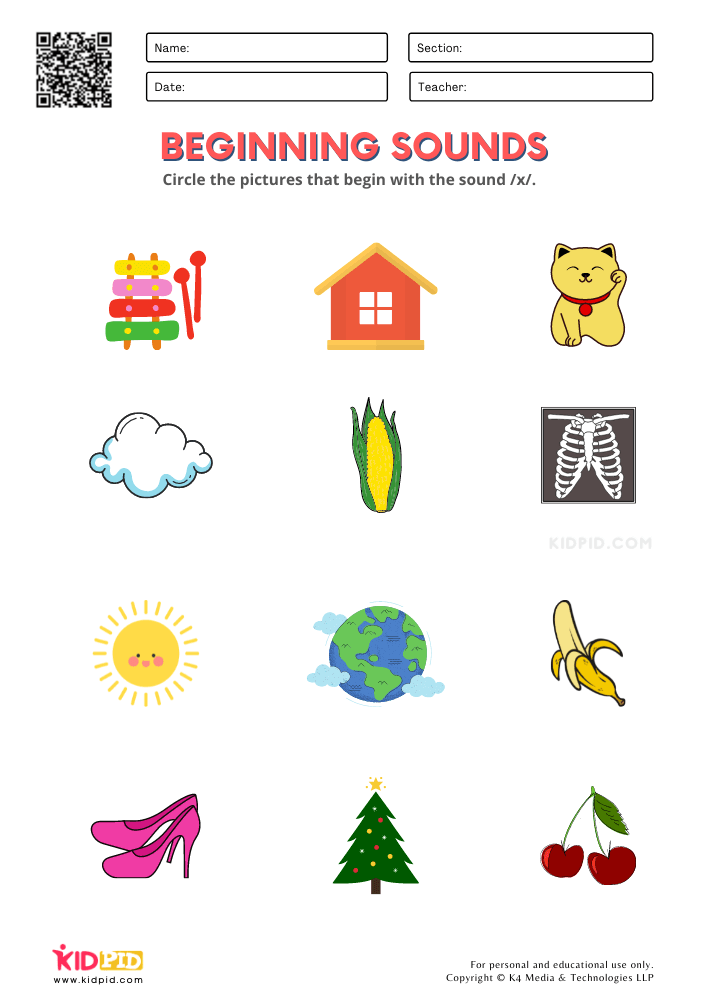
Circle the Picture Beginning Sounds Worksheet: 25
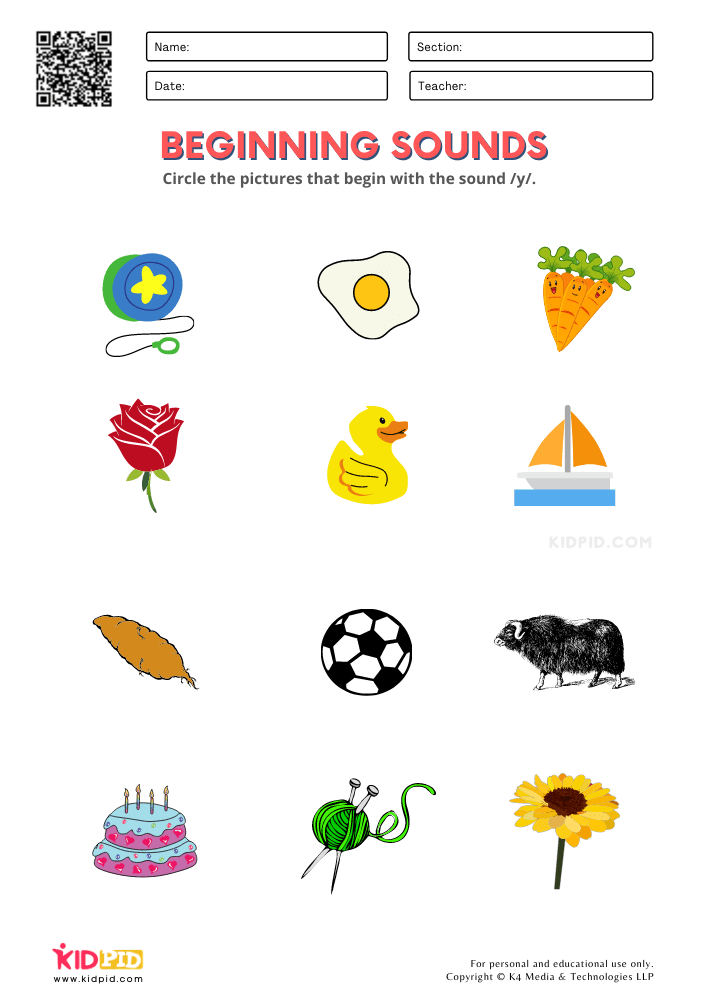
Circle the Picture Beginning Sounds Worksheet: 26
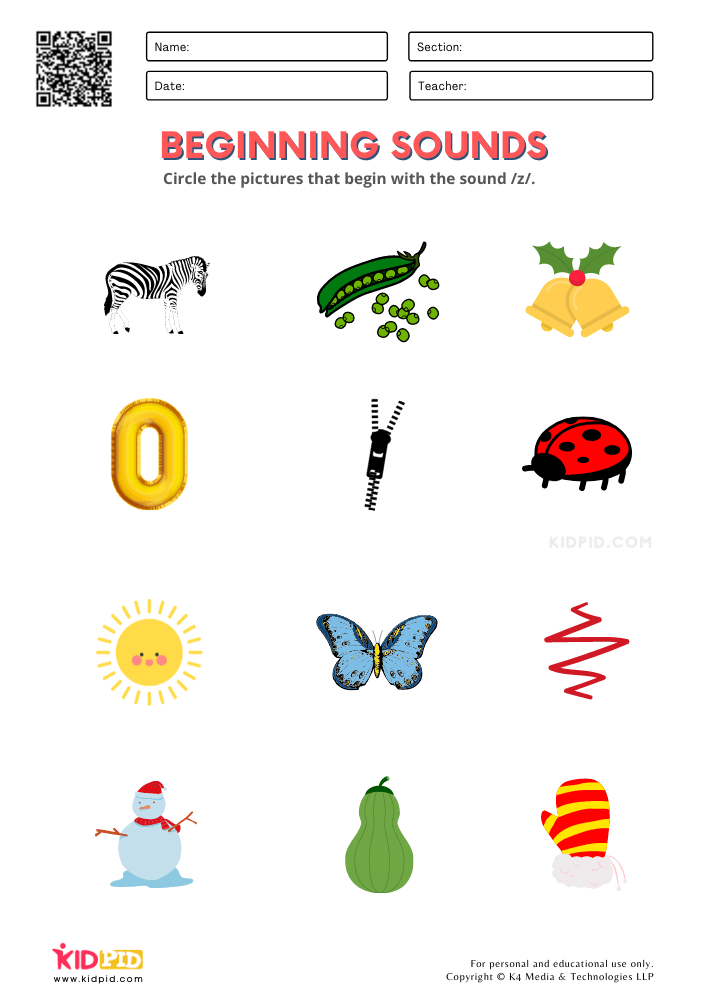





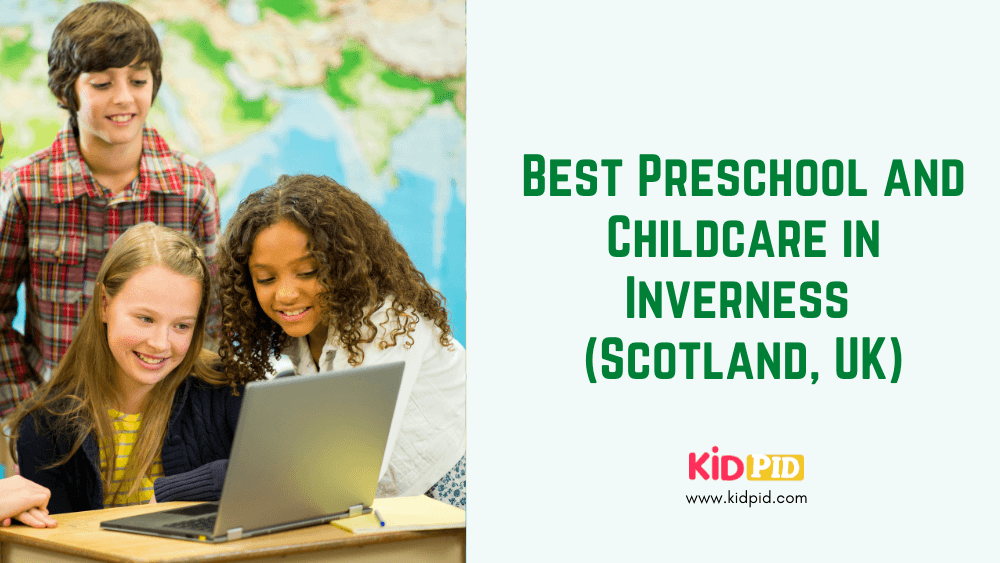
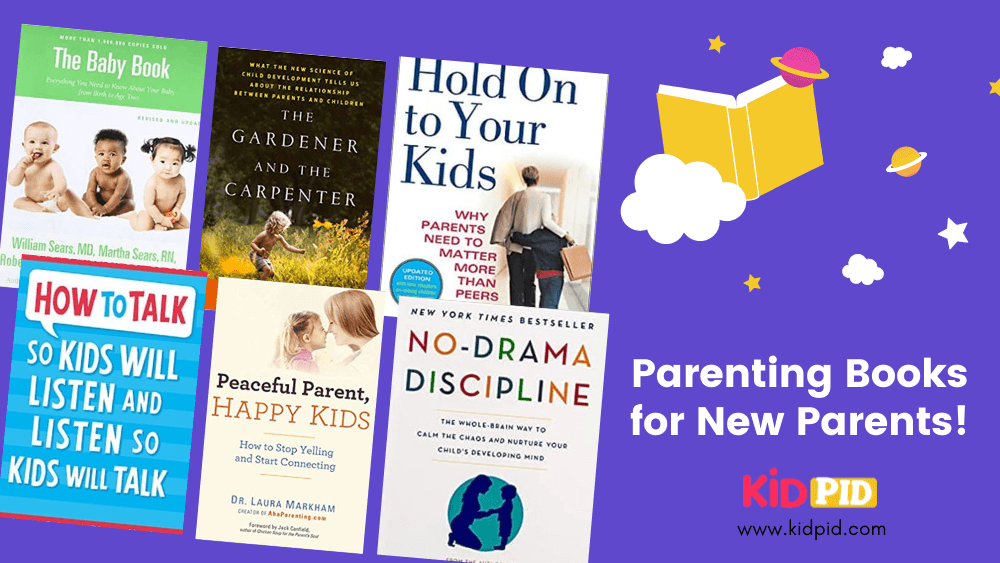
wuow 👍